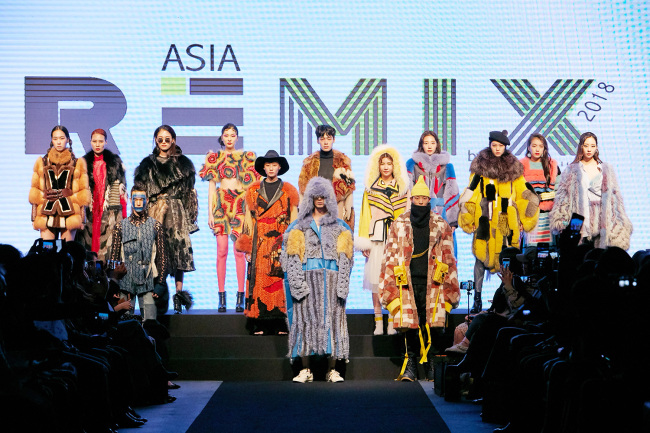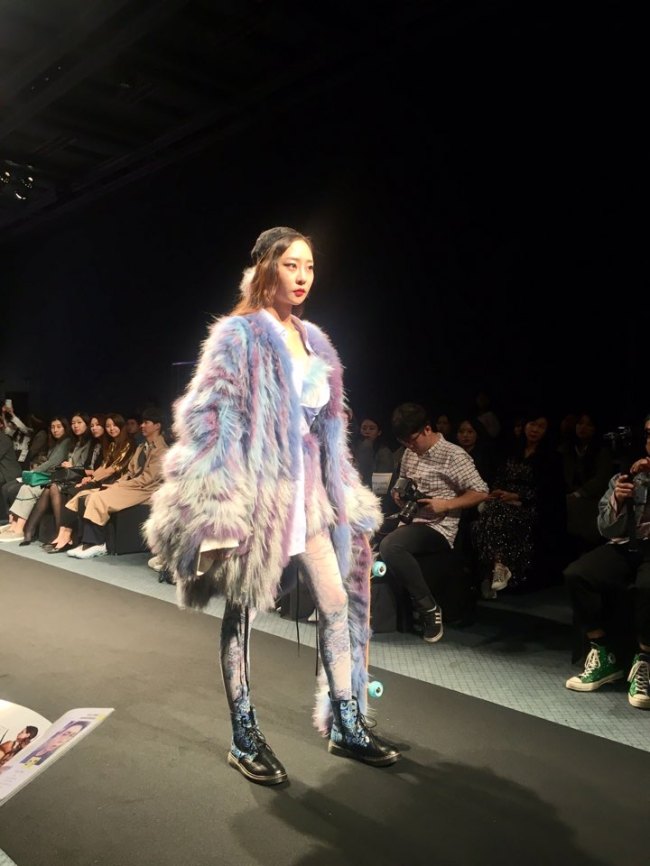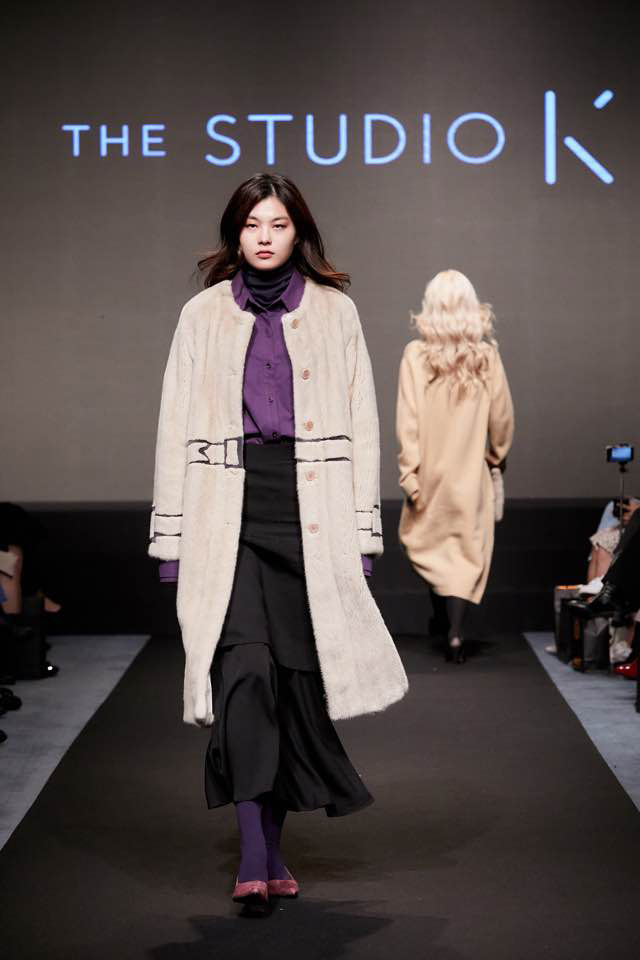Despite anti-fur sentiment, fur stays in fashion scene, targeting young
By Im Eun-byelPublished : Oct. 4, 2018 - 14:40
Though the fur-free movement has been sweeping the fashion industry, some designers continue to experiment with the natural material, targeting the younger generation with hip, trendy designs.
The anti-fur movement is not new. In September, the British Fashion Council announced all the designers for London Fashion Week would ditch fur for the shows. The city of Los Angeles is currently planning to ban the sale of fur.
The anti-fur movement is not new. In September, the British Fashion Council announced all the designers for London Fashion Week would ditch fur for the shows. The city of Los Angeles is currently planning to ban the sale of fur.

Despite such strong anti-fur movements, fur has still not lost its status. In Korea, a long, full-length fur coat is still a symbol of wealth among middle-aged women. In recent years, fur vests have been a popular choice among young women here, for their warmth and convenience.
Recognizing fashion’s everlasting desire for fur, International Fur Federation (IFF) held a fur creation design contest entitled “Asia Remix” at the Grand Hyatt Seoul on Tuesday.
The contest is aimed at finding and support talented young designers. Around 14 rookie designers from Korea, Japan, China, Hong Kong and Taiwan participated in the final competition runway, showcasing creative fur clothing and accessories.


The creations were colorful, challenging the norm that fur clothing should only be handled with a classic approach. The silhouettes were bold. Most were oversized long coats, as the designers experimented with the material.
An international jury of fashion industry officials and designers evaluated the creations based on their eco-chicness and the use of design techniques.
The final winner of the day was designer Long Chen, who showcased a long black-and-gray fur vest and matching red innerwear to symbolize the sun. His design was inspired by how real fur is biodegradable
The Chinese designer will compete at the “Global Remix,” which will be held in Milan in February.
“We are absolutely looking for creativeness,” Kelly Xu, the CEO of IFF Asia Region told The Korea Herald, prior to the event. “We work with a focus on breaking through the mentality that fur is only for aged-women.”

“We are encouraging young generations to be more creative with different fabrics, using combinations of natural materials,” Xu said. “The combination can make fur more wearable, (inviting) a wider crowd of consumers.”
On the use of fake fur as an ethical fashion option, Xu emphasized the need to look at two sides of the story.
“Fake fur is not sustainable fashion, it is artificial. It’s plastic petroleum. Fashion is the second most damaging industry, next to the oil and gas (industry),” she argued.
“Using fake fur damages the Earth, with the waste going to the oceans, affecting the entire ecosystem,” Xu continued. “Fur is natural material which has been used by humans for thousands of years. It is biodegradable, it is sustainable fashion.”
According to Xu, real fur coats can be a more environmentally friendly option, as they tend to be passed down generations.
Xu said that animals raised in better environments yield higher quality fur. However, the issue of animal cruelty remains, and with it questions about whether fur fashion can ever be part of ethical consumption.
By Im Eun-byel (silverstar@heraldcorp.com)











![[Today’s K-pop] BTS pop-up event to come to Seoul](http://res.heraldm.com/phpwas/restmb_idxmake.php?idx=644&simg=/content/image/2024/04/17/20240417050734_0.jpg&u=)





![[KH Explains] Hyundai's full hybrid edge to pay off amid slow transition to pure EVs](http://res.heraldm.com/phpwas/restmb_idxmake.php?idx=652&simg=/content/image/2024/04/18/20240418050645_0.jpg&u=20240418181020)

![[Today’s K-pop] Zico drops snippet of collaboration with Jennie](http://res.heraldm.com/phpwas/restmb_idxmake.php?idx=642&simg=/content/image/2024/04/18/20240418050702_0.jpg&u=)